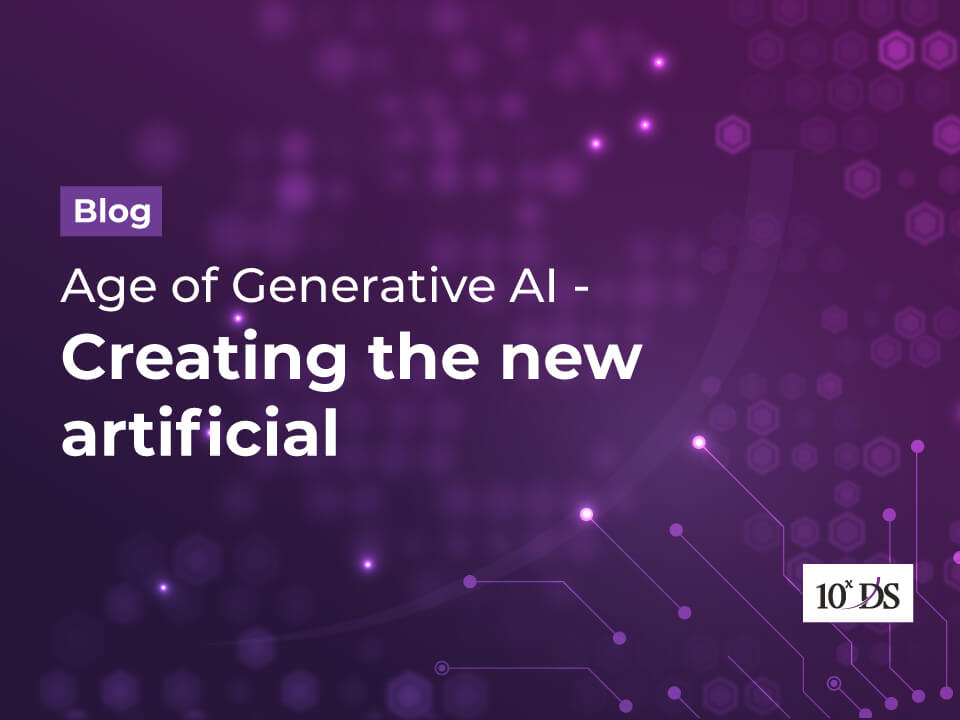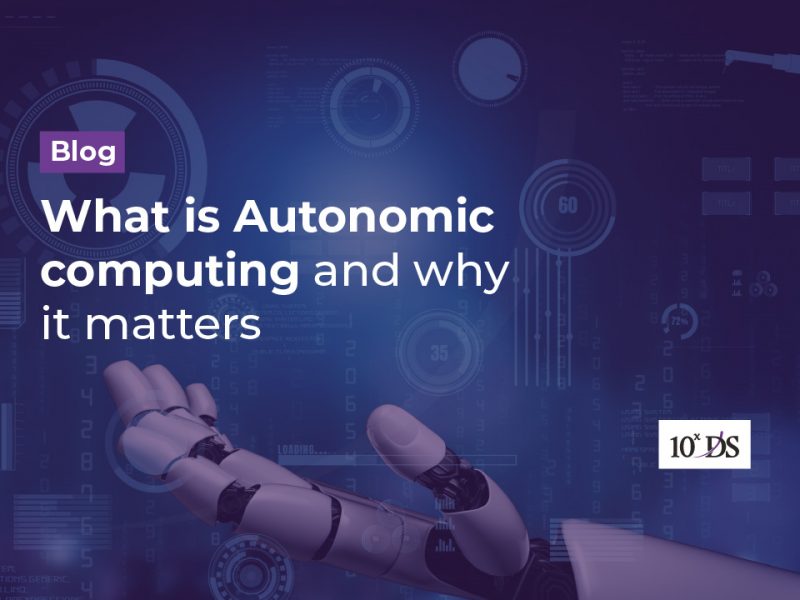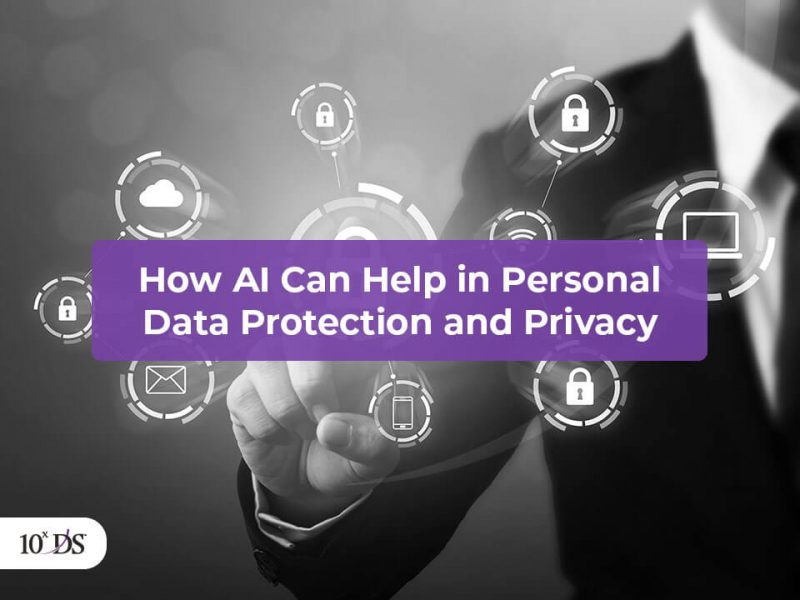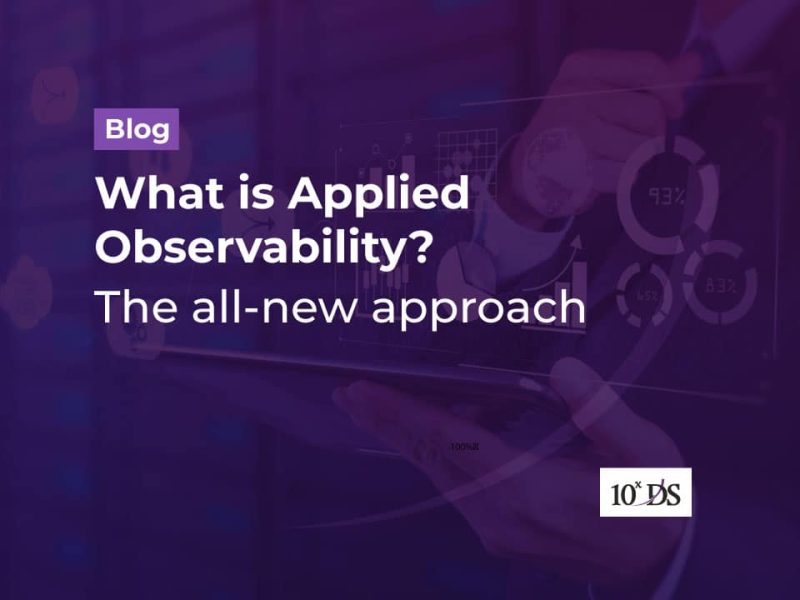
Age of Generative AI – Creating the new artificial
Even though generative AI is a relatively new buzzword among technology enthusiasts, one of its applications is quite familiar to even the laymen. They are called deepfakes. Deepfake videos started appearing on the internet as pranks initially but they have started gaining momentum in mainstream media as well as movies. Deepfake technology is being made available to all in the form of software tools such as FakeApp, DeepFaceLab,.and Zao, Wombo, Reface, among others are some deepfake apps that people use just for fun. Recently a deepfake video of President Volodymyr Zelensky stating that he will lay down arms and return to his family has been broadcasted on Ukrainian news that was hacked. Technology can be used for both good and bad and Deepfake technology is another perfect such example that has the potential to be exploited for malicious activities. In this blog let us try to understand what Generative AI is and its applications and limitations.
What is Generative AI?
Generative AI uses AI and machine learning algorithms to enable machines to generate artificial yet new content. For this, the technology uses existing text, audio files, videos, or images. The end result is a totally new content that tricks the user into believing the content is real. With generative AI, computers identify the underlying pattern related to the input and produce similar content. Various techniques like Generative adversarial networks (GANs), Transformers (GPT-3, LaMDA, Wu-Dao) are used for the purpose. Generating new content based on source data, differentiating, and identifying which generated data is closer to the original are few of the key activities that happen.
Applications of Generative AI
Here are some applications of Generative AI.
- Location services – This involves converting satellite images to map views. This can be a huge step towards venturing into unexplored geographic locations.
- Motion picture industry – Applications of generative AI in the movie industry is huge and wide. One wouldn’t need to wait for hours or days to capture a frame in a perfect lighting or weather conditions but capture at any time convenient and convert that into whichever conditions needed. Actors’ images or videos at various ages are also possible with Generative AI technology. By using face synthesis and voice cloning, artist’s/actor’s original voice can be matched with a lip-sync. This will also help in arching artefacts after restoration for future references.
- Search Engine services – Generative AI has the capability to take search engine services to the next level. For example, Text to Image translation. It produces realistic photographs from textual descriptions of objects like birds and flowers.
- Security services at Airports/ Country Borders – Generative AI can create front-on photos from photos taken at different angles and vice versa for face verification or face identification system.
- Healthcare – Semantic-Image-to-Photo Translation: It converts inputs that are semantic images or sketches to photo-realistic images. For example, if X-ray or any CT scan images can be converted to real images, diagnosis can be much more accurate.
Real world use cases for Generative AI from 10xDS
1. FinsScan
Effortless Data Analysis with FinScan revolutionizes traditional data management challenges by seamlessly integrating cutting-edge technologies such as Power Apps, Open AI, and GPT Vision 4. In the midst of the daily workload, where users typically laboriously sift through documents, extract information, and manually input it into systems, FinScan offers a transformative solution. With its role-based project creation feature, users can tailor projects to meet specific requirements, while its AI-powered data analysis capabilities harness the combined power of Open AI and GPT Vision 4 to analyze data effortlessly. Moreover, FinScan facilitates image analysis and description, allowing users to upload images for intelligent analysis or description. The platform further streamlines workflows with its email response automation feature, generating AI-driven responses to emails, and seamlessly extracting personal identification information from documents. Additionally, FinScan simplifies data sharing through email integration, enabling users to share populated data with a single click.
2. DocQuery Expert
Transforming user-document interaction into a seamless conversation, this innovative solution tackles the challenges of manual information extraction from documents in today’s data-driven environment. By leveraging the power of AI, users can effortlessly upload documents, delegating the tedious task of data extraction to intelligent automation. With features like document upload and recognition, the solution intelligently processes content, enabling natural language interactions where users can engage in conversational interactions, asking questions and seeking information effortlessly. Real-time document insights provide immediate access to content, facilitating informed queries and responses, while context-aware responses enhance the relevance and accuracy of shared information. A user-friendly interface simplifies the document upload, query, and response processes, and interactive data visualization presents extracted data in an engaging and visually appealing manner for better user understanding.
3. RecruitEase
Revolutionizing hiring processes, our innovative HR app addresses the struggles of traditional recruitment methods by introducing ‘RecruitEase.’ Cumbersome processes that hinder agility and slow down recruitment are streamlined, ensuring top talent acquisition through simplified, automated, and accelerated end-to-end hiring processes. With features like automation, tedious tasks are automated, reducing manual effort and minimizing errors for smoother workflows. Advanced AI technology generates captivating and accurate job descriptions, attracting the right candidates, while profile matching effortlessly matches candidate profiles with job requirements for quick and informed shortlisting decisions. Interview scheduling becomes seamless, aligning with interviewers’ calendars and simplifying the entire coordination process. Efficient document management enables the extraction of data from candidate documents, streamlining onboarding processes and ensuring compliance with minimal effort. A feedback loop facilitates continuous communication with interviewers, enabling prompt feedback sharing and enhancing collaboration for informed decision-making.
Conclusion
But Generative AI is not without challenges just like any other emerging technology. However, it does require a considerable amount of training data required to generate outputs, else the output may turn out to be subpar or not good. But with the time that can be tackled, an enormous amount of work needs to go into securing the data to avoid any type of privacy concerns. But there will always remain a nagging concern of potential technology misuse by fraudulent people to create fake videos, spammy content and misleading news. This is something everyone needs to be careful.
Like any other AI streams like AI domains, including computer vision, conversational intelligence, content intelligence, and decision support systems, Generative AI also tend to grow with more and more applications across multiple industries.
Talk to our experts to know more.


